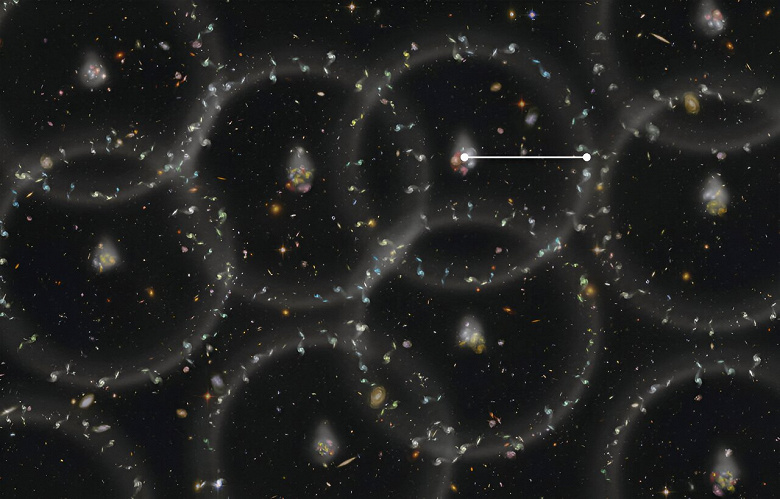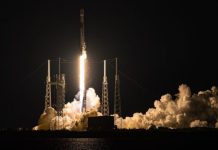Over the course of more than two years, a team of researchers analyzed about 1,000,000 galaxies and developed a method that will allow them to determine cosmological distances with better accuracy.
As part of the research, a new method for detecting baryon acoustic oscillations was developed. These waves, whose existence was first proven in 2005, are one of the few traces of the Big Bang that can still be detected in space.

They propagated during the first 380,000 years of the universe. The interesting thing about these oscillations, which have witnessed almost the entire history of the cosmos, is that their exact characteristics are known, so they are useful for measuring cosmological distances. The ability to detect and determine their size is of great importance for the correct mapping of the Universe to its most distant points.
The new method will allow you to measure cosmological distances more accurately
The study analyzed about 1,000,000 galaxies using statistical methods, with particular attention to two factors: the ellipticity of the galaxies and the density around them. These factors were not chosen at random: galaxies usually “gravitate” to where there are more other galaxies (due to gravitational attraction), but there are some places in the Universe where this effect is not so strong.
“Statistics say that it is precisely at those points where galaxies do not extend in the expected direction that there are baryon acoustic oscillations, these waves act as points of attraction for gravity,” explained the study’s lead author, Antonio J. Cuesta.
This approach to baryonic acoustic oscillations, key to answering some important questions about the Universe, potentially opens up new possibilities in astronomy. Establishing cosmological distances, in turn, offers new clues about the expansion of the Universe.




